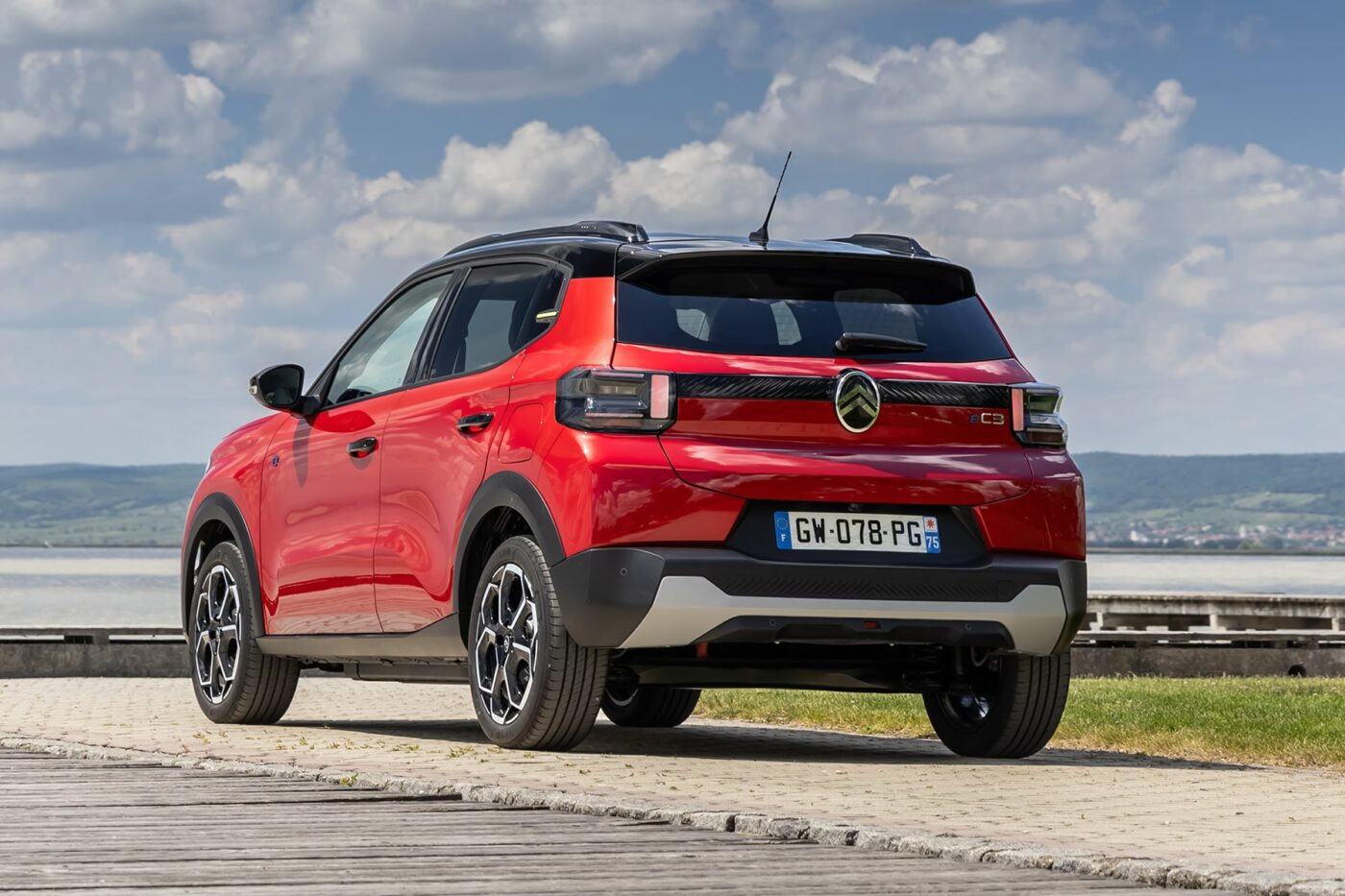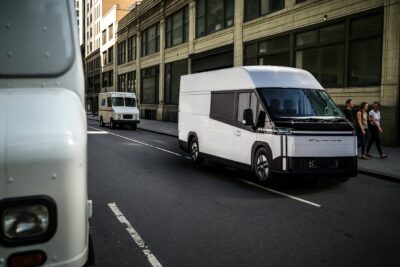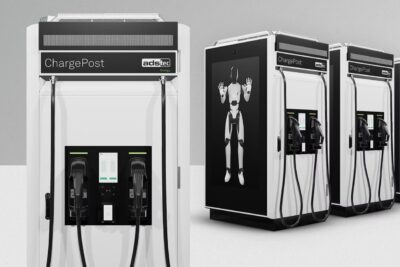Stellantis could use LFP batteries from BYD
At least that’s what the French portal L’Argus reports, albeit without further details about the sources for this information. However, the idea seems logical: BYD specialises in lithium iron phosphate battery cells, has a highly integrated supply chain including its own lithium mines and, with its incomparably higher production volumes, achieves completely different economies of scale than Stellantis’ current LFP battery supplier.
The high-voltage storage system currently offered for the CMP Smart Car platform utilises LFP cells from the Chinese manufacturer SVOLT. That gives the battery pack an energy content of 44 kWh, which gives the vehicles a WLTP range of around 320 kilometres. The small Citroën ë-C3 starts at 23,300 euros, and the Fiat Grande Panda with a length of just under four metres at 24,990 euros. Slightly larger models, such as the Citroën ë-C3 Aircross or Opel Frontera Electric, are even more expensive.
Stellantis has already announced two directions for further development: a variant with a larger battery will follow after the market launch of the ë-C3 Aircross or Frontera Electric – presumably an offshoot of the 54 kWh battery from the e-CMP vehicles. These should offer ranges of around 400 kilometres, but will use NMC cells.
At the ë-C3 premiere in October 2023, however, it was said that a version with a range of 200 kilometres for less than 20,000 euros would follow in 2025. That is where the latest report from France comes into play: according to L’Argus, a battery pack of 30-35 kWh will be assembled with the BYD cells, which should enable a WLTP range of 200 to 250 kilometres. Further details, such as charging performance, are not provided.
LFP cells are considered essential in the industry to reduce the costs of electric cars in the price-sensitive segment. Volkswagen will also rely on LFP cells for the upcoming ID.2 and the other offshoots in the basic version announced for 25,000 euros. There is only an initial rendering of the €20,000 ID.1 electric car, but no information on the technology as yet. However, anything other than LFP cells would be a surprise – the French have already confirmed the use of LFP cells for the Renault Twingo E-Tech.





0 Comments